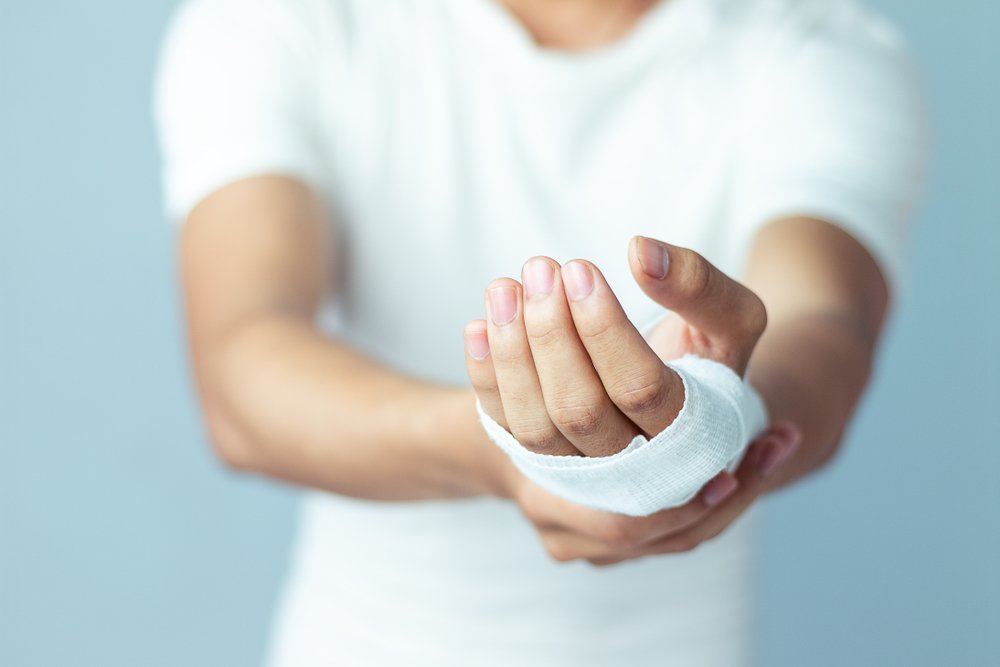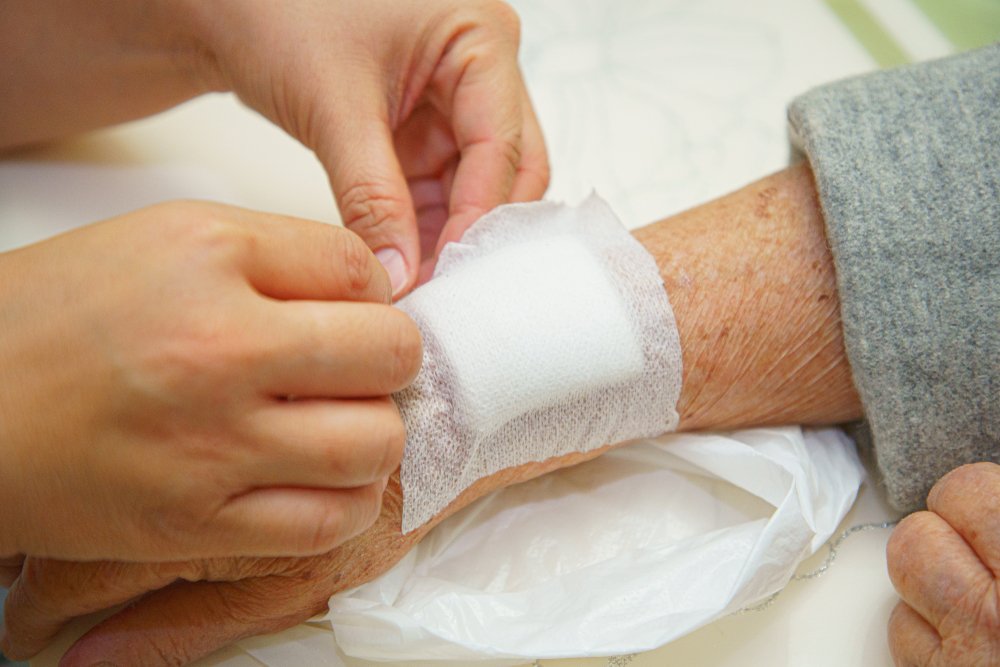
A wound is one of the most frequent results of traumatic impact, characterized by the violation of soft tissue integrity. It is wounds that account for the majority of reasons for referral to trauma centers. In case of extensive injuries accompanied by disruption of the integrity of large vessels, massive blood loss can occur, directly threatening the life of the person.
In this article we will talk about the types and symptoms, the treatment of wounds, and such a concept as primary healing.
What kinds of wounds are there and what symptoms do they have?

To begin with, it is necessary to understand that depending on the origin of the wounds there are:
- Surgical – inflicted by a physician during a surgical procedure;
- Combat injuries – sustained during combat operations;
- Accidental – caused by some other reason.
Based on the mechanism of the wound and the features of the traumatic weapon, there are stabbed, cut, chopped, and other types of wounds. It is also accepted to separately distinguish mixed types of wound defects, for example, stabbing-cutting.
If we talk about wound healing by primary tension, this concept is more applicable to incised wound defects that have parallel flat edges, greater length than depth of injury.
Another important division is between aseptic and infected wounds. Aseptic injuries include wound defects resulting from surgical intervention. Incidental wounds are infected wounds. If we refer again to healing by primary tension, it is characteristic of aseptic wound defects.
The main clinical manifestations of this injury are pain resulting from damage to nerve fibers and wound gaping. Both signs will depend on the localization of the wound defect, its depth, and the nature of the wounding object.
Another obligatory manifestation is bleeding, the intensity of which is determined by the nature of the damage to the blood vessels and their caliber. There may also be impairment of the function of the injured part of the body.
Wound treatment and healing
For small, shallow wounds, medical care is provided in a trauma unit. In case of deep or extensive wound surfaces, hospitalization in a department of an appropriate profile is indicated.
In the first day after the injury if there are no signs of inflammatory process primary surgical treatment is carried out. It implies washing the wound defect, removing foreign objects and blood clots from it.
Then the wound edges are dissected out, and the wound is sutured in layers. If medical care has been provided correctly, the injured area is adequately supplied with blood, and the wound can heal with primary tension.
Healing by primary tension is possible if the edges are even, well supplied with blood, not more than one centimeter apart, and there is no infection in the wound surface. There is no suppuration in the healing process, and a linear scar is formed.
Healing by primary tension is the most successful wound outcome, characterized by the formation of a weak scar or no scar at all, which was described by scientists from Samara State Medical University in a paper published in 2018.
Read also:
- The 10 Best Anti-Inflammatory Oils for Cooking
- Sugar substitutes based on polyatomic alcohols – pros and cons for diabetes
- What seasonings and spices are added to the soup?
- Top 30+ Tasty Foods That Can Replace Meat
- What seasonings and spices are added to ground meat?
The articles on this site are for information purposes only. The site administrators are not responsible for attempting to apply any recipe, advice or diet, nor do they guarantee that the information provided will help or harm you personally. Be cautious and always consult a doctor or nutritionist!
*All products recommended by thefirstdoc.com are selected by our editorial team. Some of our articles include affiliate links. If you buy something through one of these links, you help us earn a small commission from the seller and thus support the writing of useful and quality articles.